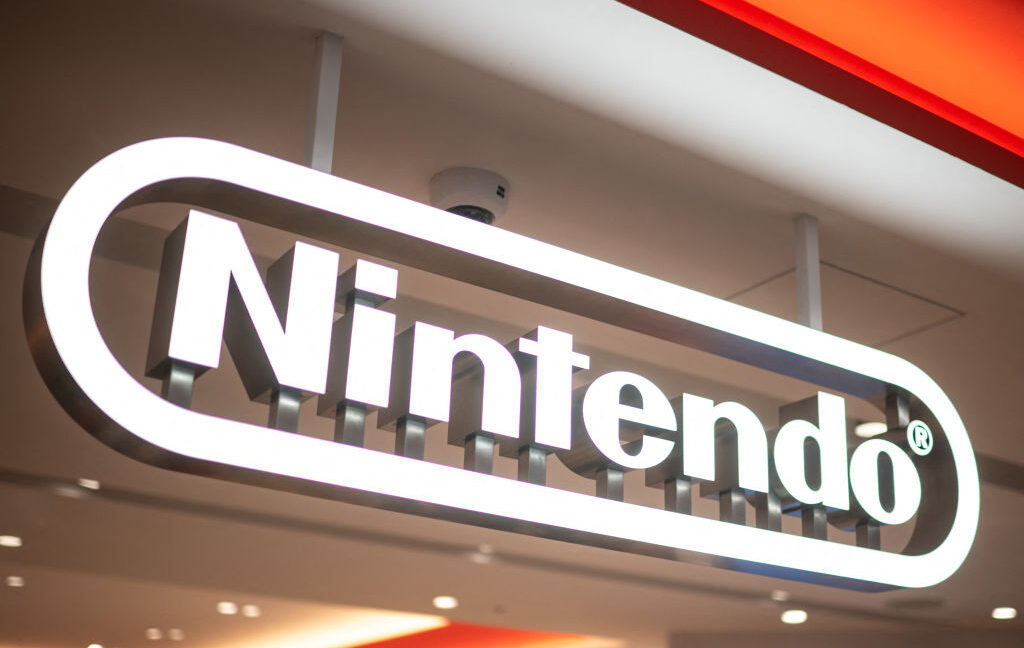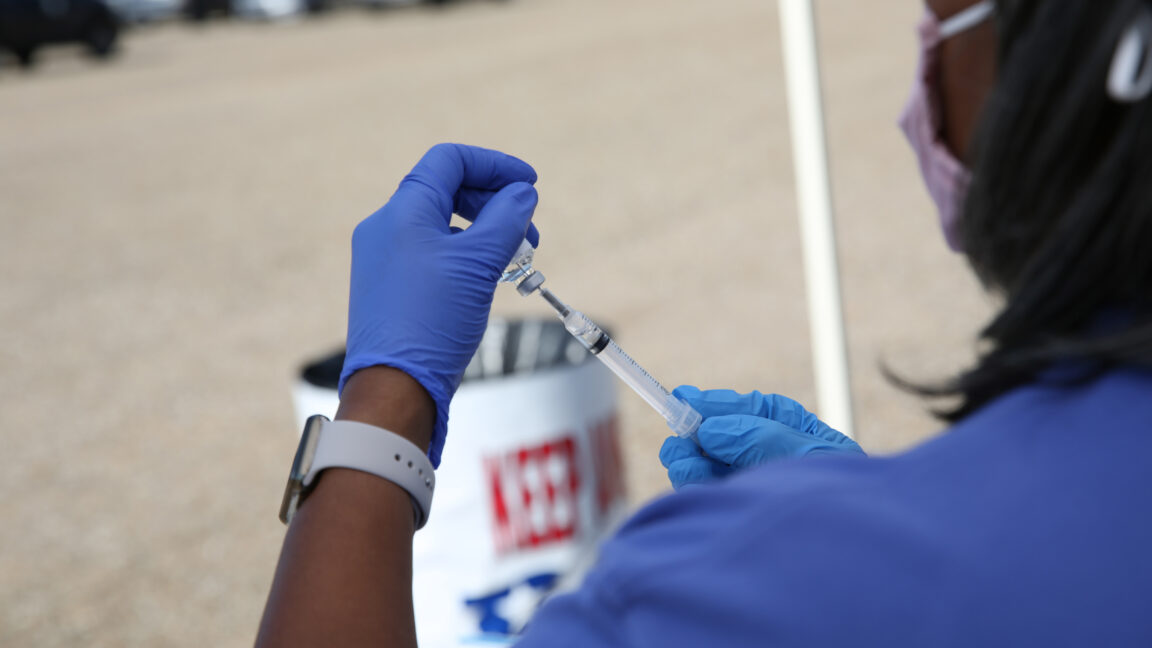As Medicare spending on remote patient monitoring jumps, HHS watchdog warns of fraud, misuse


![]()
By Katie Palmer
Sept. 24, 2024
Health Tech Correspondent
The federal watchdog at the Department of Health and Human Services issued a report on Tuesday calling for more oversight of remote patient monitoring in Medicare. The Office of Inspector General’s report called out the potential for fraud and misuse of tools like at-home blood pressure cuffs, connected scales, and continuous glucose monitors that can feed data directly to a patient’s doctor.
Remote patient monitoring has exploded since the pandemic. In just four years from the beginning of 2019 through 2022, according to the report, the number of Medicare patients receiving RPM increased tenfold, from 55,000 to 570,000. Medicare Advantage use increased 14 times over. In the same period, payments per patient more than doubled — driving total Medicare spending on remote patient monitoring up to $311 million from just $15 million in 2019.
advertisement
Health policy experts have worried that without more careful use, the costs associated with remote monitoring will balloon out of proportion with the clinical benefit seen by patients. The technology can act as a lucrative source of passive income; once you get a patient’s data streaming in from a device, a provider can bill them every month for data collection and analysis, with no current limits from Medicare.
STAT+ Exclusive Story
Already have an account? Log in


This article is exclusive to STAT+ subscribers
Unlock this article — and get additional analysis of the technologies disrupting health care — by subscribing to STAT+.
Already have an account? Log in
Monthly
$39
Totals $468 per year
$39/month Get StartedTotals $468 per year
Starter
$20
for 3 months, then $399/year
$20 for 3 months Get StartedThen $399/year
Annual
$399
Save 15%
$399/year Get StartedSave 15%
11+ Users
Custom
Savings start at 25%!
Request A Quote Request A QuoteSavings start at 25%!
2-10 Users
$300
Annually per user
$300/year Get Started$300 Annually per user
View All Plans
To read the rest of this story subscribe to STAT+.
Subscribe Log In CMS, HHS, Medicare, Telehealth Submit a correction requestReprints-

Katie Palmer
Health Tech Correspondent
Katie Palmer covers telehealth, clinical artificial intelligence, and the health data economy — with an emphasis on the impacts of digital health care for patients, providers, and businesses.


Newsletter
Tech is transforming health care and life sciences. Our original reporting is here to keep you ahead of the curve.









